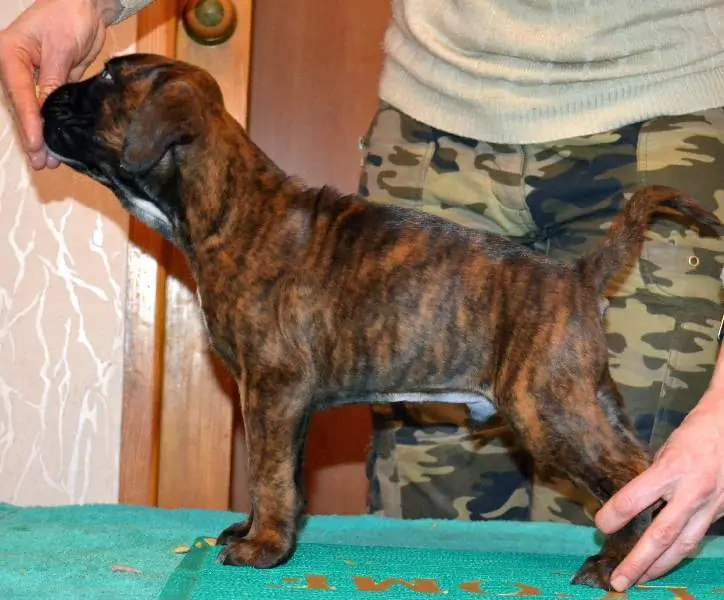How to toilet train a puppy in 7 days Portland, Oregon

How do I toilet train my puppy Portland, Oregon?
Toilet training your puppy should be quite a simple process, as long as you make the time and investment to get into a good routine.
Initially, you will have to build your routine around your puppy’s needs, and these are reliably predictable when they are very young.
You may find it useful to keep a record of when your puppy eats sleeps, urinates and defecates. A simple diary list will do. Repeat cue words like ‘wee wees’ and ‘poo poos’ or ‘be busy’ and ‘be clean’ while the puppy is actually urinating or defecating. Use different words for each action so that you will be able to prompt the puppy later on.
Equipment for toilet train a puppy in Portland, Oregon
- Collar or harness
- Hands-free 3-4 foot non-retractable leash
- 15-foot non-retractable leash
- Two dog litter boxes or two frames that hold wee-wee pads
- Wee-wee pads
- Tasty small-sized treats
- Carpet cleaner for pet stains
- Mops and floor cleaner
- Lots of love!
When should I take my puppy outside?
Puppies need to urinate immediately after waking up, so you need to be there to take your puppy straight into the garden without any delay.
Eating its meal stimulates its digestive system, and puppies normally urinate within fifteen minutes of eating, and defecate within half an hour of eating (although this might vary slightly with each individual).
Puppies have very poor bladder control, and need to urinate at least every hour or two. They can urinate spontaneously when they get excited, so take your puppy out frequently if it has been active, playing or exploring.
Rewards based training
Always go with your puppy into the garden so you are there to reward and attach the cue words to the successful actions. Fortunately, puppies are creatures of habit, so as long as you introduce the garden to your puppy as its toilet area early on, you should be able to avoid most of the common pitfalls.
Common puppy toilet training errors
Unfortunately there are many reasons why ‘toilet training’ might not go as smoothly as it could, so make sure you do not make any of the following mistakes:
- Over-feeding
- Feeding an unsuitable diet or giving a variety of foods
- Not feeding at regular times
- Feeding at the wrong times (which could cause overnight defecation)
- Punishing the puppy for its indoor accidents (which can make it scared of toileting in front of you – even outside)
- Feeding salty foods (e.g. stock from cubes) which makes them drink more
- Using ammonia-based cleaning compounds (which smell similar to urine)
- Expecting the puppy to tell you when it needs to go out; this is unrealistic, so it is better to take them out at regular intervals
- Leaving the back door open for the puppy to come and go as it pleases. A puppy will think that the garden is an adventure playground, rather than a toilet area. Also, what is a puppy meant to do when the weather gets cold, and it is faced with a closed back door?
- Leaving the puppy on its own too long, so that it is forced to go indoors. Which sets a bad precedent, or even a habit of going indoors
- Mistakenly associating the words ‘good girl’ or ‘good boy’ when they toilet, as opposed to the specific cue words. Guess what could happen the next time you praise your dog?
- Access to rugs or carpet (which are nice and absorbent – just like grass)
- Laziness on your part, resulting in more wees indoors than outdoors
- Leaving the puppy alone in the garden, so you are not there to reward them for going outdoors. How are they supposed to learn that going outdoors it the preferred option, if you are not there to show your approval?
- Submissive or excited urination on greeting. If this occurs, take your puppy outside before you greet. It and tone down your greeting so it is less exciting or overwhelming
- It is unfair to expect your puppy to go right through the night when it is very young
- Sleeping the puppy in a crate or puppy pen can help with house training. But you should let it out in the garden to relieve itself during the night
How to teach your puppy to toilet out on a walk in Portland, Oregon
Many owners appear disappointed that their young puppy will not toilet when out on a walk, yet relieves itself the second it gets back home. This is because the puppy has been taught to toilet only at home (hopefully in its garden). And being creatures of habit, they often wait until they have returned home before evacuating their bladder and/or bowels.
To break this habit, you will have to get up very early one morning (when you have plenty of time), and get your puppy out on a walk before it has had its morning wee. You should not bring it home until it has been forced to go out of desperation. If however, you are unsuccessful, and your puppy has not toileted, then take it immediately into the garden on your return, or you risk it relieving itself indoors.
Please note: there are many different ways to train your dog. This is just one method of teaching. If you are ever in doubt, please seek professional advice.
CHEAT SHEET
- Take your puppy to a potty area (outdoors or indoors) on leash at least once every 30 minutes while you are home and awake. At night, one or two outings are enough for most puppies.
- Stand still and quietly watch to see if the puppy pees or poops.
- Praise and offer a treat as soon as the puppy pees or poops outside. If the puppy does not pee or poop, that’s OK. Take the puppy back to a confinement area for 10 to 20 minutes, and then outside again.
- After the puppy pees or poops, play with the puppy outdoors, or give puppy up to 15 minutes of carefully supervised time in the house (whichever the puppy prefers).
- Repeat these steps throughout the day.
EXPERT TIP: Create a house training chart or use a notepad to keep track of when and where the puppy pees and poops, so you can learn their patterns.

